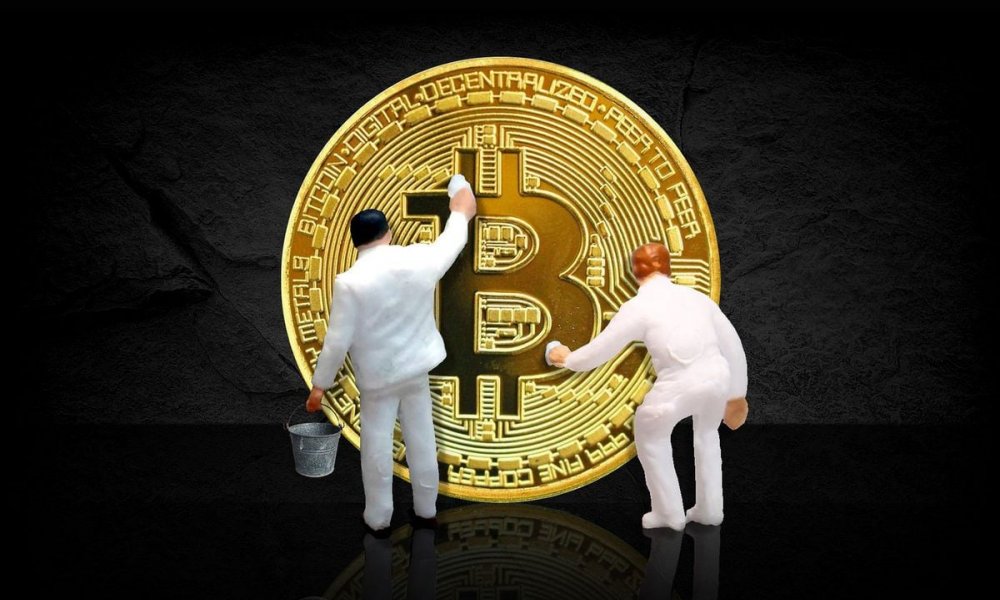💵 Greg Cipolaro, Head of Research at NYDIG, made a resonant statement: according to him, coins such as USDC, USDT, and USDe cannot be considered “truly stable.” Although each of them is formally pegged to the U.S. dollar, in practice their value is determined not by reserves but by market mechanisms of supply and demand.

Cipolaro emphasized that the idea of a strict $1 peg is more of a marketing construct than an economic reality. Stablecoins stay near parity only thanks to arbitrage: traders buy the coins en masse when their price falls below one dollar and sell them when it rises above. This mechanism makes the market pseudo-stable — as long as liquidity and trust among participants are maintained.
However, under stress conditions, the system breaks down. That’s exactly what happened during the recent crash, when USDe’s price on Binance temporarily fell to $0.65. Such “breaks” in price show that stablecoins in their current form lack fundamental resilience.

According to the expert, the illusion of stability is maintained by the fact that stablecoin issuers actively manage market trust — they publish reserve reports, promise transparency, and cooperate with regulators. But as long as there’s no guaranteed redemption mechanism for $1 per token, the peg remains conditional.
NYDIG notes that the total market capitalization of stablecoins has already exceeded $500 billion, and any loss of confidence in them could trigger a domino effect across the entire crypto economy. If investors ultimately lose faith in the stability of USDT or USDC, this could lead to massive position liquidations, reduced exchange liquidity, and falling digital asset prices.

At the same time, Cipolaro doesn’t call for abandoning stablecoins — he suggests recognizing them for what they truly are: highly liquid digital surrogates of the dollar, whose value depends on trust rather than a “hard” financial peg.
🔍 The expert also stressed that the further development of the sector will require a new generation of tokens — “programmable dollars” with guaranteed backing, regulated circulation, and a transparent redemption mechanism. For now, the market exists in a paradigm of “quasi-stability,” where any change in sentiment can trigger a new wave of panic.
All content provided on this website (https://wildinwest.com/) -including attachments, links, or referenced materials — is for informative and entertainment purposes only and should not be considered as financial advice. Third-party materials remain the property of their respective owners.


